Related: Resources for Veterans and Service Members (February 2021)
This article cites several studies reported in Facing Addiction in America: The Surgeon General’s Report on Alcohol, Drugs, and Health. Read AZZLY’s write-up of the Surgeon General’s report from September 2018 or read the document in full here.
This week we observe Veterans Day, the national holiday recognizing those who have served in our nation’s Armed Forces.
It is important as we recognize these acts of service to also recognize the unique struggles and issues that our servicemen and women face. In particular, our veterans struggle disproportionately with substance use disorders (SUDs), which stems from high rates of physical pain and post-traumatic stress disorder (PTSD), among other factors.
But recent studies and advancements in treatment indicate there may still be hope.
The Unique Struggles of Veterans
Vice Admiral Jerome Adams, the U.S. Surgeon General, in his document Facing Addiction in America: The Surgeon General’s Report on Alcohol, Drugs, and Health, wrote, “Being a veteran or an active member of the military is a unique way of life that involves experiences and sacrifices by the service member and the member’s family. Military service members, veterans, and their families have needs unlike other individuals that require culturally competent approaches to treatment and services.”
One of the biggest factors for veterans is the prevalence of post-traumatic stress disorder, or PTSD. Symptoms of PTSD can include:
-
- Flashbacks
-
- Memory problems
-
- Low sense of self-worth
-
- Hopelessness
-
- Trouble sleeping
-
- Relationship problems
-
- Aggression
-
- Trouble concentrating
- Self-destructive behavior (self-harm or substance abuse)
Though PTSD in veterans most often stems from combat, it could also be the result of sexual abuse. 23% of female veterans claim to have been sexually assaulted while in the military. The most successful treatment methods for veterans aim to address both PTSD and SUDs.
Substance use disorders in veterans can take the form of alcohol or addictive substances such as anxiety pills prescribed to treat PTSD. Additionally, veterans may have been addicted to medication prescribed for pain management in response to conditions developed in the service.
Addictive substances commonly prescribed to veterans include:
-
- Painkillers (Lortab, Vicodin, OxyContin)
-
- Benzodiazepines (Ativan, Valium, Xanax)
- Sedatives (Ambien, Lunesta)
The Numbers behind Substance Use Disorders in Veterans
The following statistics are taken from the Surgeon General’
s report unless otherwise specified.
-
- 23.4 million – approximate number of veterans in the U.S. (SAMHSA)
-
- 50% – number of veterans enrolled at the VA who experience chronic pain as of 2017 (Psychology Today)
-
- 1.7 million – number of opioid prescriptions to veterans in 2014 (Psychology today)
-
- 3.8 million – number of opioid prescriptions to veterans in 2009, an all-time high (Rehab Spot)
-
- 7.1% – percentage of all veterans (2004-2006) who met the criteria for a substance use disorder
-
- 4-37% – percentage of female veterans who reported alcohol misuse
-
- 7-25% – percentage who reported binge drinking
-
- 3-16% – percentage who reported substance use disorders
-
- $1.2 billion – amount spent by the Department of Defense to address alcohol use in 2006
- 68,000 – number of veterans addicted to opioid painkillers, according to the VA (Psychology Today)
Reasons to Be Hopeful
These numbers may look dim, but there is still hope for progress regarding substance use disorders in veterans.
The Surgeon General’s report indicates DoD began investing over $1 billion as early as 2006 to address alcohol misuse, and in 2010 the VA began efforts to reduce prescriptions of addictive substances, following an all-time high in prescriptions in 2009.
Medication management is being increasingly applied nationwide, and not just with veterans. Efforts include state-level requirements to consult Prescription Drug Monitoring Programs (PDMPs). Learn more about medication management and PDMPs here.
VADM Adams’ report points toward a number of promising methods, including “low-intensity wrap-around intervention” and recovery coaching, both of which resulted in improvements in a study of 56 homeless veterans.
Overall, the Surgeon General’s recommendations included:
-
- Integrating screening, assessment, and clinical decision support tools in the EHR
-
- Establishing interdisciplinary (primary care, substance use disorder treatment, and mental health) teams to guide integration and collaboration
-
- Ensuring health system leadership support
- Using training curricula, targeted communications materials, robust performance feedback reporting for physicians and other staff, and existing financial incentives.
This Veterans Day, we at AZZLY® would like to recognize our veterans for their service and promote these important issues and promising solutions.
If you’d like to learn more about our all-in-one EMR/EHR solution for behavioral health and addiction treatment centers, AZZLY Rize™, contact us. Or, better yet, schedule a time for a free, guided demonstration with one of our representatives.




